The morning prayer wailer’s call to Allah filled the early morning darkness; echoing across the valleys were prayers broadcast from grey metal loudspeakers perched on the top of the rectangular columns of the mosques. I lay listening to the rich resonance of the deep male voice in prayer to Allah. Sound was alongside the lightening sky. Wailing from disabled children in the corner of the alleyway accompanied the sunrise.
There seems to me to be a very high rate of disability here. Perhaps because of birthing difficulties due to inadequate health care…or perhaps where I live at home there is segregation and not in such public view; perhaps heredity….or other reasons I am not aware of… I’m not sure.
We had a beautiful boy with a disability mind our car one day. Amongst the group of boys who came to ask if they could mind our car whilst we walked in a Ksar…Max and I chose one particular boy. There was something in his eyes. Honesty. For us not being able to speak Arabic or French didn’t matter – because this boy could not speak at all…so we gestured to him to look after our car and we would pay him when we returned. He nodded and smiled with pride. He took his task so seriously – shooing away and getting annoyed with little children and protecting Penny even after we paid him. He bowed his head and gestured with his left hand on his heart his gratitude for his prestigious role and payment, and he still wanted to help me latch the cover down. Penny left this boy standing waving to us as I had tears in my eyes.
The reason for Penny to be overseen in the street was because we had ventured into one of the mud built Ksars….homes which were cubicles made from mud and daub, which grew and evolved around the curved dome of the centre mosque; and were like a warren of darkened alleyways which hung doorways into a life I just could not imagine; where people over the centuries have called their home.
It had been arranged for us to visit one of these Ksars the following day and although fascinating, I felt quite voyeuristic walking through the dusty damp corridors where women in black wafted through the dust carrying baskets and peering at us through a horizontal rectangular window of fabric.
Looking up I saw the skeleton of the covering of these mud corridors. Horizontal rough sawn beams or trunks of small trees which held up smaller pieces of wood in the opposite direction, supported sheets of mud and straw which shuddered with small grains of mud falling in the room below when people walked on these structures above. Many of these homes built in the 16th century had succumbed to gravity and all that remains of the space in which some families ate and slept and lived were the bones of trunks of trees poking out from the rubbled piles of rock and hardened mud.
Although there were no bathrooms or water into these homes, surprisingly often there was power; and wires were protruding out of holes poked through the hardened mud walls. This power meant that some could have lights rather than candles or lanterns.
The young women were friendly and it was obvious they are being educated. Most of the younger children ran through the maze of dust with their bare feet.
The little children with baggy clothes chanted “Bonjour” “Bon-bon” “Dirum”as we passed them and as they joined in our wake and then bravely ran between us all – hoping that we would give them ‘bon-bon” (lollies) , or “dirum”… money. They would often pose and smile or hold out their flickering hand hoping that our western voyeurism would bring some money into their family.
Buckets of waste-water were sloshed into the damp dark alleyways as the dust rose with the smell of waste.
We were offered mint tea as a gesture of hospitality and invited to the school room for the littlies who were too young to go to primary school. There were red woven mats on the floor and a landscape painting on each of the four walls. Text on stiff paper hung in front of the room and a painting symbolizing the text in the Koran was at the side. School for these little children was from 6am-8am in the morning and 5-7 in the evenings.
As we all puffed up the dust with out inquisitive steps, I passed fascinating and quite beautiful doorways; some centuries old – timber with ornate ironwork embellishing them..painted blue or pink or even lime green and yellow – and some, heavy sheets of metal painted black. Some were not like that though….and were often rough sewn slabs with gaps and cracks and with a black bolt which slid into an expanding hole in the mud wall.
Every now and then the alley would open into a small courtyard – the size of a small room and I could see the beautiful windows had instead of glass, curved and patterned wrought ironwork which created not only safety perhaps for one’s belongings – but were really quite beautiful and indicated an awareness of aesthetics in one’s living environment.
Rubbish nestled into the dust and habituated the areas where habitability collapsed. I noticed lying in the dust a used sheet of the contraceptive pill…and reflected again on what lay in the shadows behind these mud walls.
We have been invited into many Ksars and all have been for me a fascinating journey into the lives of those who used mud and plants to create the structure in which to live in communities…and to learn that these homes had been cyclically habituated and vacated for over four centuries; and are now a living, breathing example of not only the transience of human endeavor; the resilience of communities…but also how the earth reclaims that which has been built from it, as the skills to maintain these crumbling Tsar’s are being lost as the children are educated and leave to the cities to find a different way of existence.
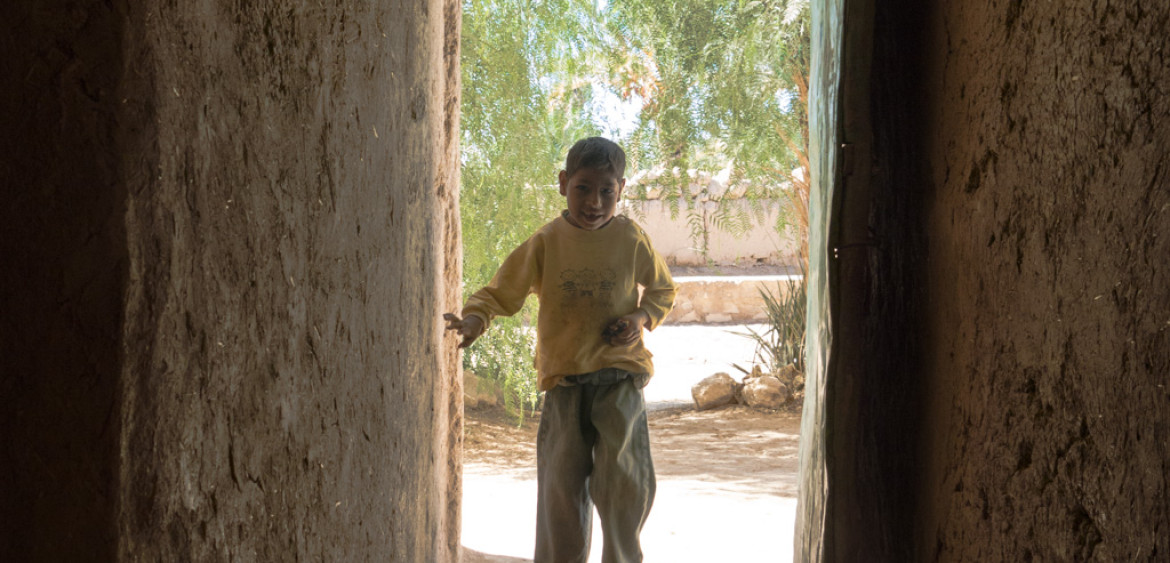
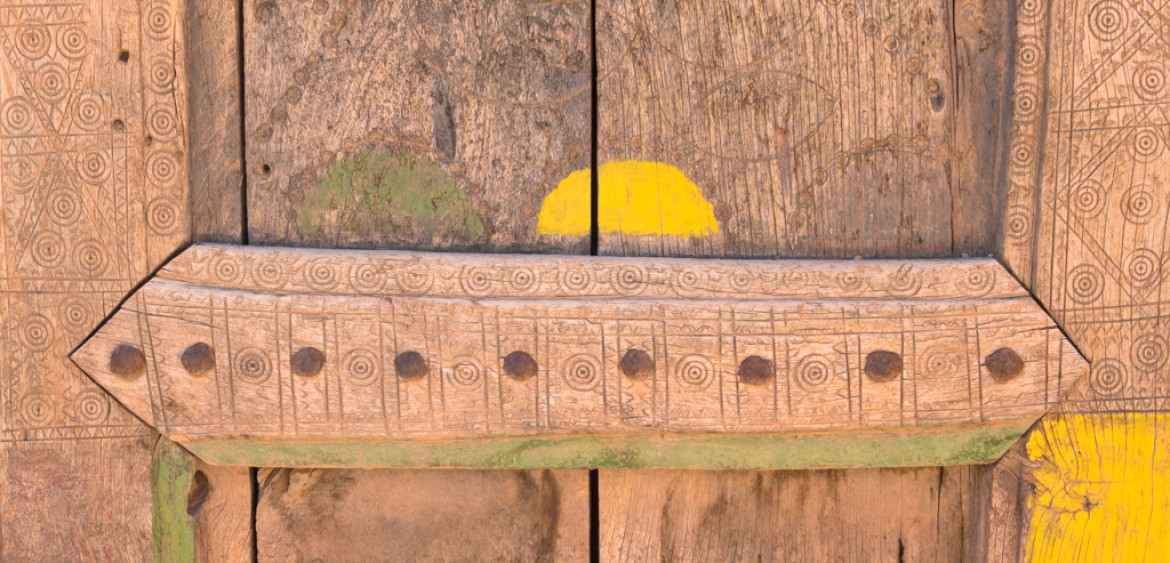
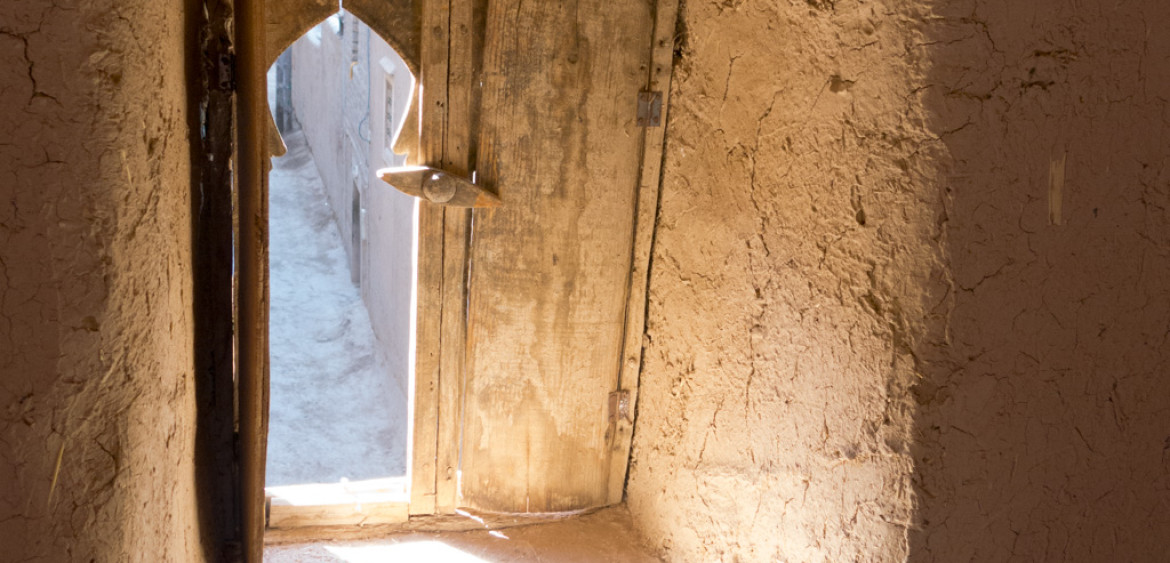
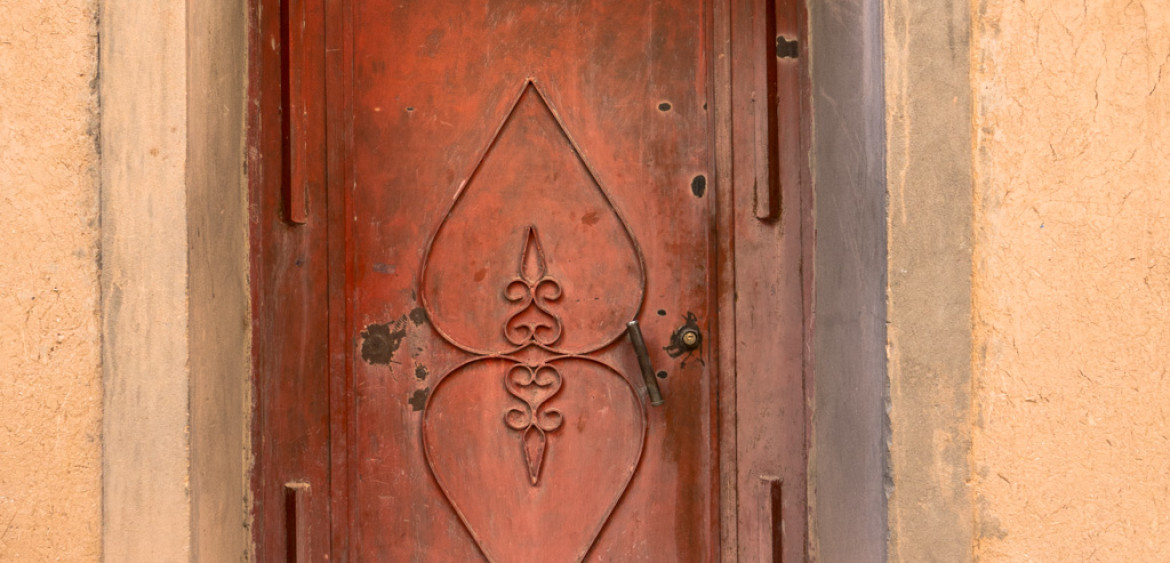

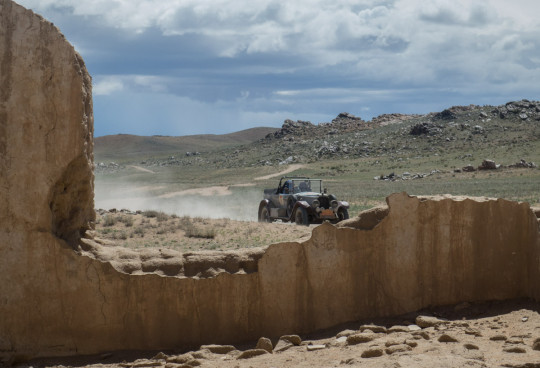
Sorry, the comment form is closed at this time.